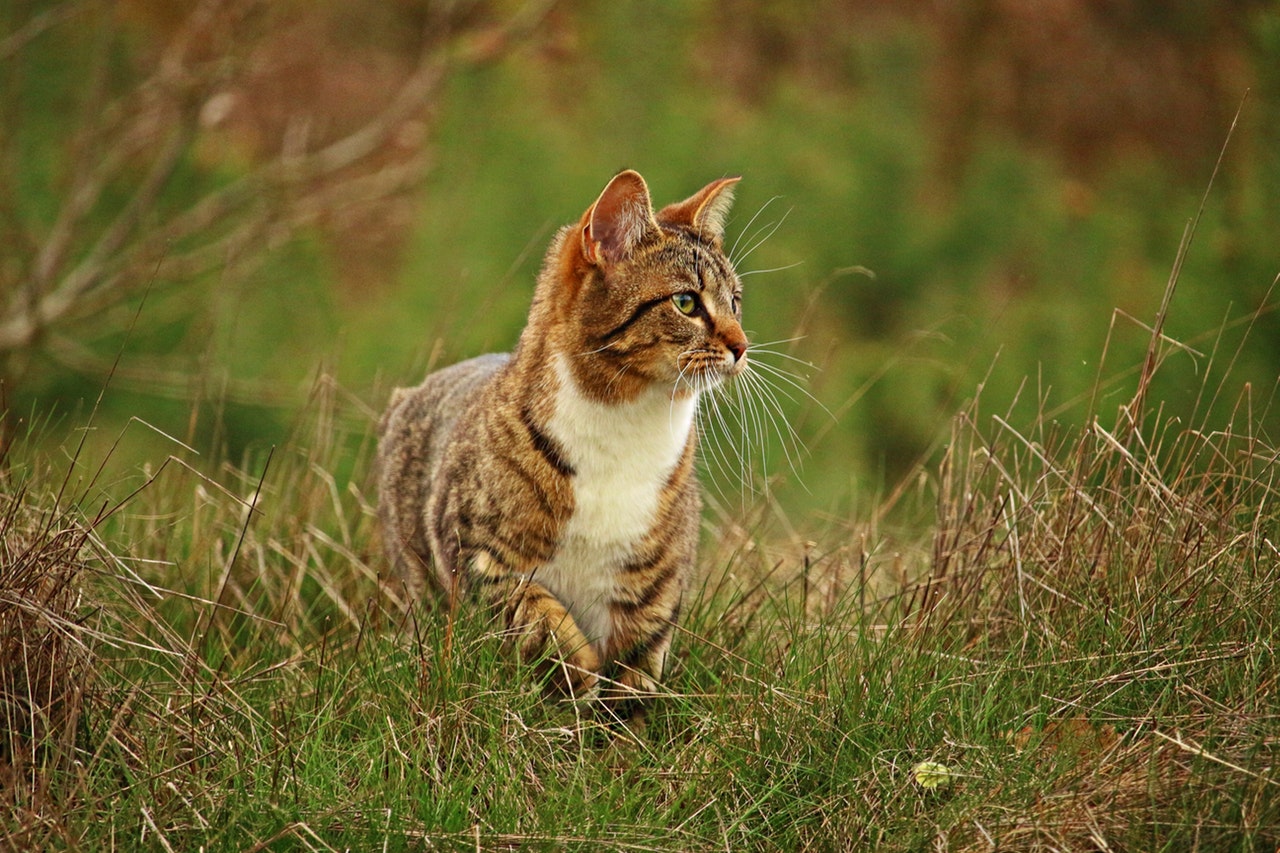Here we go again. There are so many things I’m really itching to blog about, that I wish I had a lot more time. But I don’t. So I’ll just mention a few things from this past Sunday’s New York Times that caught my attention.
One article worth mentioning is the cover story “Google Doesn’t Hate Owls. It Just Loves Cats,” by David Streitfeld. It talks about the endangered burrowing owl population near Google’s Mountain View offices in California’s Silicon Valley. This particular owl species, since it nests on the ground, is vulnerable to predators such as stalking cats. Of which there are many. And Google feeds that feral cat colony.
This is a serious issue; and a contentious one. On the one side, you have kind, loving people who feed and care for the cats (e.g. “trap, neuter and return”). And on the other side, there are those who argue that euthanizing feral cats that are not adoptable is the better approach, since feral cats kill wildlife such as birds, in large numbers. For example, as this article points out, in 2017, for the first time in 20 years of record-keeping, no owl fledglings were observed in that 750-acre park. Personally, while I absolutely adore cats, I think “Is euthanizing feral cats the right thing to do?” is a fair question to ask,” considering that cats are definitely not endangered — according to the article, there are an estimated 30-80 million feral cats in the United States alone — whereas a great many species of birds and mammals are endangered, threatened or declining. (The article also states that there are “endangered species” at the nearby Facebook campus, as well.)
In the Sunday Review section, though I didn’t read the opinion piece “Why You Should Be Drinking Obscure Wines,” by Jason Wilson, I did happen to catch a glimpse of this little factoid that appeared in it: “There are 1,368 known wine grape varieties, but nearly 80 percent of the world’s wine is made from just 20 kinds of grapes. Many of the rest face extinction.”
There’s also an opinion piece titled “The Silence of the Bugs,” by Curt Stager, which cites a 2017 study which evidenced a 76 percent decline in total seasonal biomass of flying insects netted at several dozen locations throughout Germany over a period of three decades, and points out we don’t know to what extent this is happening worldwide, since there’s a shortage of qualified scientists doing this type of research. But it’s an important issue to address, since, as the eminent biologist Edward O. Wilson aptly points out (this quotation appears in the article): “If all mankind were to disappear, the world would regenerate back to the rich state of equilibrium that existed ten thousand years ago. If insects were to vanish, the environment would collapse into chaos.”
“Are we in the midst of a global insect Armageddon that most of us have failed to notice?” Stager asks in the piece. Surprisingly, coming up with a definitive answer to that question isn’t easy. To chime in with my own personal anecdotal evidence, I would say I’ve witnessed a similar enough decline here, as they’ve seen in Germany. I can remember as a child, I would sometimes keep a spider in a jar and I would be able to find plenty of food for it. But nowadays, it would starve to death. And that’s saying a lot, since a six-foot tall man can cover a lot more ground than a spider can.
Another Times opinion piece you might want to read is Katherine Stewart’s “A Christian Nationalist Blitz.” It’s just another sad example of how we could be focusing our attention on important issues and on finding solutions for the deadly serious problems plaguing mankind, but instead are forced to deal with ridiculous nonsense like this so-called “Project Blitz.”

